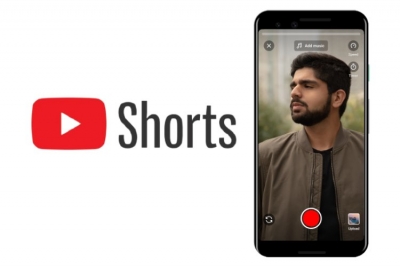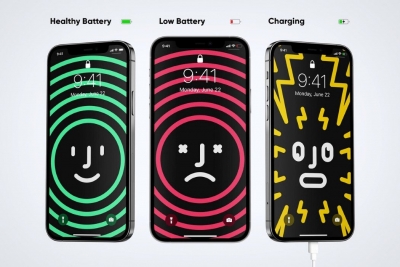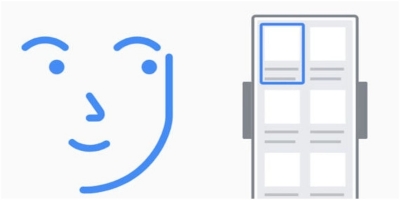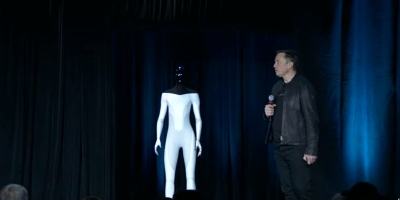Mobile Premier League is India's second gaming 'unicorn'
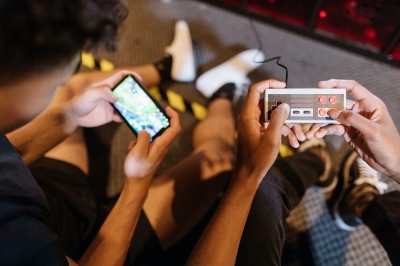
Mobile Premier League (MPL) has become India's second gaming unicorn after Dream11 in 2019, raising funds at a $2.3 billion valuation (the term 'unicorn' refers to any startup that reaches the valuation of $1 billion, laying emphasis on the rarity of such start ups). The Bangalore-based start-up connects game publishers with players on its app. Users in India, Indonesia and the U.S. can access dozens of free titles - ranging from sudoku, speed chess and puzzles to shooting, fantasy and strategy games and participate in gaming contests and prize money tournaments. India is one the world's largest markets for game downloads with 840 million installs in June 2021, and the country has 400 million gamers. "Gaming is the only entertainment content where language is no barrier," says MPL founder Sai Srinivas Kiran. "Young India will make gaming so mainstream that one day soon gaming could become more popular than watching movies," he adds.
Picture Credit Google
